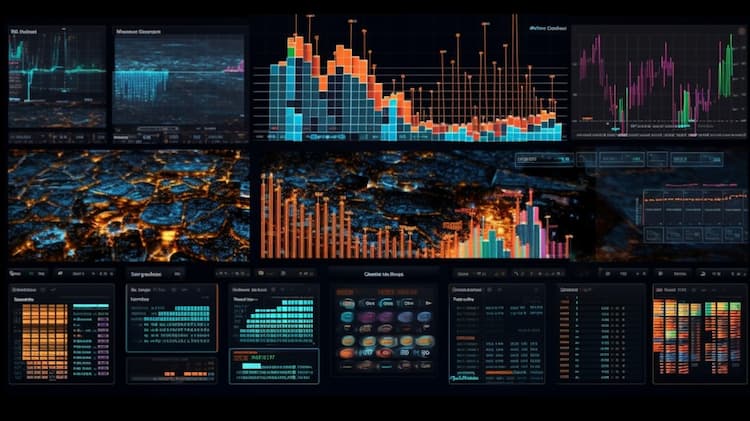
VTV VS SCHV: A Comprehensive Comparison of ETFs
Exchange-Traded Funds (ETFs) have transformed the investment landscape, offering investors diverse exposure across various sectors and asset classes. In this article, we will conduct an in-depth comparison between two prominent ETFs: VTV (Vanguard Value ETF) and SCHV (Schwab U.S. Large-Cap Value ETF). Throughout this analysis, we'll delve into their ticker symbols, full names, issuing companies, sectors, top holdings, capitalization, investment strategies, tracking methodologies, and exposure.
VTV VS SCHV: Overview
VTV and SCHV represent two ETFs that adopt distinct strategies within the realm of value investing. While VTV seeks to track the performance of value-oriented U.S. large-cap stocks, SCHV focuses on delivering exposure to U.S. large-cap value stocks. This nuanced difference in approach leads to varying portfolio compositions and investment prospects, which we'll dissect in the subsequent sections.
VTV VS SCHV: Sectors and Top Holdings
The VTV ETF centers its investments in value stocks across multiple sectors, including financials, healthcare, and technology. Its leading holdings might encompass established companies like Berkshire Hathaway, JPMorgan Chase, and Johnson & Johnson. SCHV, however, hones in on U.S. large-cap companies with favorable valuations, such as Microsoft, Apple, and Amazon. Understanding the sectors and key holdings assists investors in choosing an ETF that resonates with their investment objectives and risk tolerance.
 VTV overlap VTV VS SCHV: A Comprehensive Comparison of ETFs
VTV overlap VTV VS SCHV: A Comprehensive Comparison of ETFs
VTV VS SCHV: Capitalization and Investment Strategy
VTV boasts a considerable Asset Under Management (AUM), a testament to its popularity among investors seeking exposure to value-oriented stocks. On the other hand, SCHV is tailored to capitalize on the performance of undervalued U.S. large-cap stocks. This divergence in capitalization and investment strategy results in distinct potential for returns and risk, demanding careful consideration from potential investors.
VTV VS SCHV: Tracking and Exposure
VTV's objective revolves around mirroring the performance of the CRSP US Large Cap Value Index, which includes stocks that exhibit value characteristics. Conversely, SCHV aims to emulate the Dow Jones U.S. Large-Cap Value Total Stock Market Index. While both ETFs align with value investing principles, their tracking methodologies lead to different portfolio compositions and risk profiles. Gaining insights into their tracking approaches empowers investors to make informed decisions based on their investment preferences.
Conclusion
VTV and SCHV are distinctive ETFs, each catering to a specific facet of the value investing landscape. For investors seeking a deeper understanding of holdings, correlations, overlaps, and insightful perspectives, ETF Insider emerges as an indispensable tool. Through its user-friendly app, ETF Insider equips users with extensive details about these financial instruments and more.
Disclaimer: This article does not provide any investment advisory services.
Sources:
VTV ETF issuer
VTV ETF official page
VTV quote and analysis
Discover the top holdings, correlations, and overlaps of ETFs using our visualization tool.
Our app allows you to build and track your portfolio.
To learn more about the VTV Vanguard Value ETF, access our dedicated page now.
























